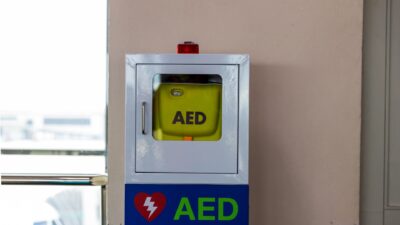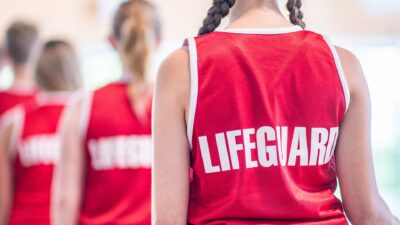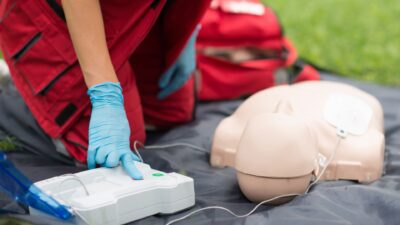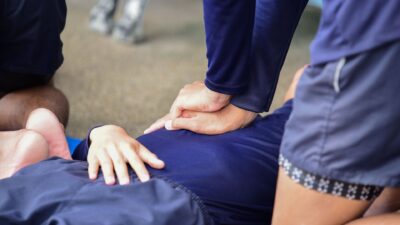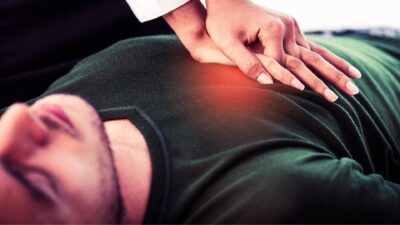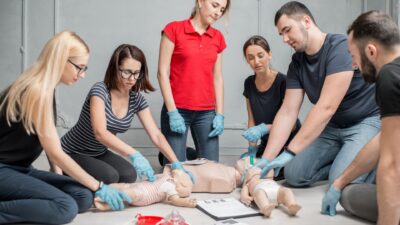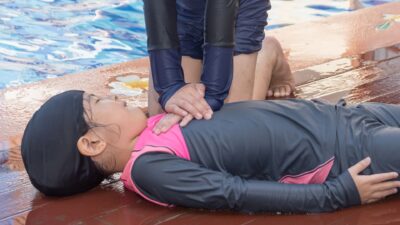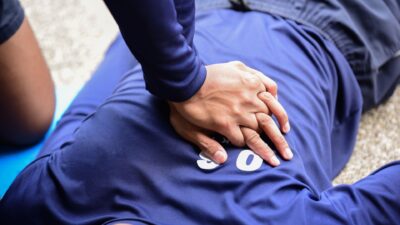
CPR and Stroke: Immediate Action for Brain Health
When a stroke occurs, taking immediate action can save lives and prevent long-term brain damage. Knowing the signs of a stroke and understanding how CPR plays a role are critical skills that can make a difference in emergencies. Time is crucial—every second counts. Recognizing the Signs of a Stroke Acting quickly during a stroke starts…
Read More